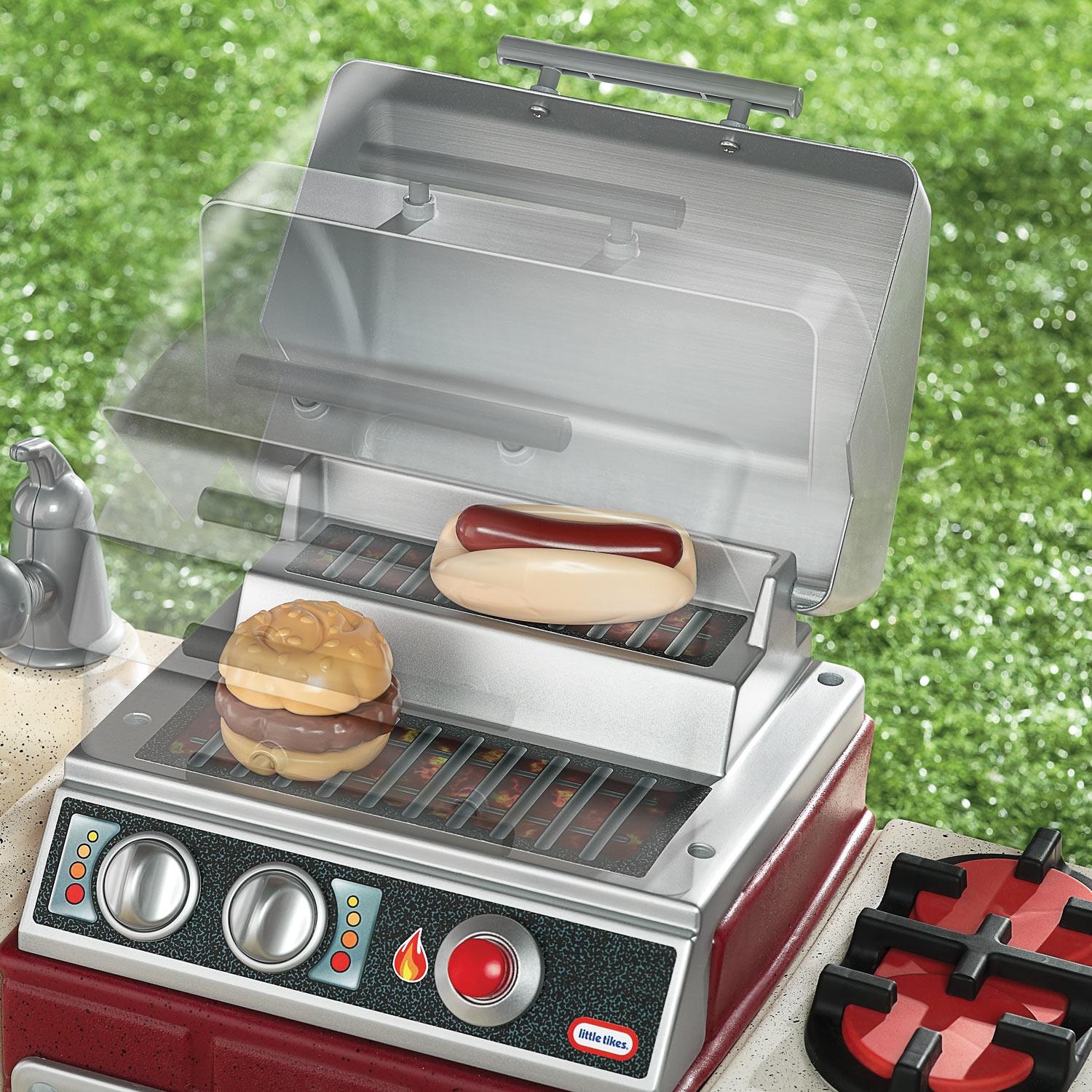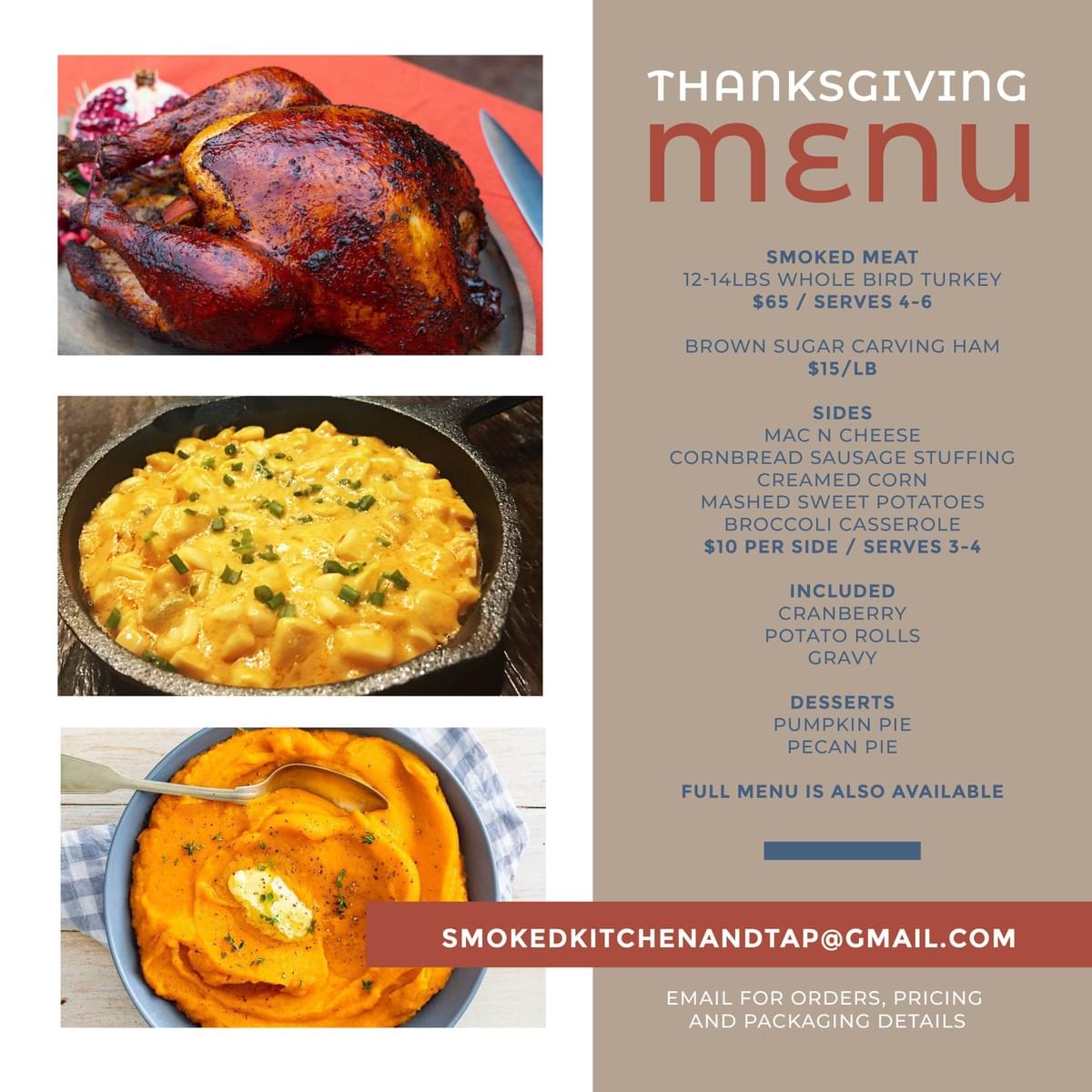
Here are some helpful tips for using your charcoal smoker. The key part of the process is correctly fueling it. You must also monitor the temperature. The following charcoal smoker tips will help you achieve that. Make sure you clean your grill grate and add hardwoods to the fire if necessary. The smoke and flavors of wood smoke will cook your meat! How can you ensure that your meat is succulent and delicious?
Proper charcoal smoker fuel
While briquettes might be the cheapest option for charcoal, they don't have to be your only choice. Charcoal briquettes often contain hardwood, which can be difficult to find and more expensive. They also tend to burn longer than lump charcoal. Briquettes are much easier to light than lump coal, although you may need to use lighter fluid. Lumps of charcoal is better for those with limited budgets.
You should avoid using lighter fluid for charcoal smokers. These fluids may contain chemical ingredients that could taste like meat. Instead, use natural fire starters to start the fire. Always follow the manufacturer’s instructions when lighting your coals. It is important to not use lighter fluid when lighting the coals. Also, lighter fluid can cause chemical flavors to your meat. These are some guidelines for lighting your charcoal smoker. These tips will help you get the best flavor from your charcoal smoker.
While charcoal and gas are two great options for smokers, each has its own pros and cons. Charcoal is cheaper, and you can purchase charcoal or gas. A charcoal smoker does not require a fuel tank and can be very big. They need at least 6x4 feet of space for optimal performance. The right fuel can be purchased to enable you to smoke delicious meats. So, get cooking! Smoke charcoal smokers are for you if smoke is your favorite flavor!
Hardwood charcoal lumps offer an alternative to charcoal brquettes. Lumps resemble pieces of wood from an extinguished bonfire. These lumps are about the size of a golfball or a grapefruit. They produce a pleasant smoke and are perfect for low- and slow cooking. They can also be used to grill high-heat. Briquettes are the best option for beginners to smoking.
Wood chunks make it easy to get that smoky flavor. Wood chunks emit the same bark-like smoke aroma that charcoal smokers use. Wood chips, a secondary fuel source that is also great for cooking, are also a good option. Different fuel sources will produce different results. However, the main goal is still to get the best flavour from your meat. When you master the charcoal smoker, you will have endless delicious meals.
Keep an eye on temperature
Keeping an eye on the temperature when smoking is essential to ensuring that your meat is cooked to perfection. Smokers produce smoke from heat, which can cause food and other ingredients to burn. If the lid is open to allow smoke to escape, it can cause the temperature to drop and may take as long as 20 minutes for the temperature to return back to normal. Wind is another important thing to watch when smoking. Smokers should stay indoors and should pay attention to the weather on windy days.
For charcoal smokers, the ideal temperature is between 225 and 300 degrees Fahrenheit. This temperature range is ideal for most meats, including chicken. Turkey can also be cooked at lower temperatures, but chicken will not be as dense and dry. You will be able to smoke the perfect meat if you keep your temperature under control. It will take practice to master the art of cooking perfect meats every time.
Weather affects the smoker's internal temperature. You should ensure that there is sufficient fuel for your smoker if you plan to use it in colder seasons. If your smoker contains a water pan, you can use this to lock in the heat and increase the amount of fuel you have. Smoking should be limited to just a few hours per week. Regularly checking the vents will help you achieve the best results.

The amount of charcoal contained in your smoker will affect the temperature. Depending on the size and type of charcoal, you can adjust the vent to make it smaller/larger. Sometimes, a closed intake vent will allow more oxygen into the smoker, which can slow down its temperature. If you feel your smoker is still too hot, make sure to adjust the vent. After a while, it will become second nature.
A temperature probe will be an important part any smoker's equipment. It can monitor the temperature of your charcoal grill and notify you if it drops below or rises above set points. A good thermometer will also allow you to adjust the temperature within your smoker by adjusting the air vents. This will allow you to regulate the temperature inside the smoker, without having to worry about over- or under-cooking your food.
Clean the grill grate
Cleaning the grill grate of a charcoal smoker is essential! Charcoalash can build up on charcoal grills. If this is not done regularly, ash will build up and block grill vents. This can increase fire risk. Use a long-handled, stiff-wire brush to clean the grill grates. An aluminum foil grill grate brush is a great choice. A little vegetable oil and a rag with a small handle will help prevent food accumulation and rust. Mild dish soap can be used to clean the grill lid and bowl. You also have a brush made of steel.
Another method for cleaning the grill grate is using a scraper or a grill brush to scrub the cooking grate. Sliced onions are an excellent option because they add moisture and release organic compounds that break down stubborn dirt and grease. However, it is not as effective as a proper scrubbing. Maintaining a clean charcoal smoker requires regular checking and relighting the charcoal. You also need to use a weatherproof cover.
To clean your grill, you need to first wash it with water. To get rid of ash, clean the grill with a shopvac. When cleaning the grill grate, make sure you wear gloves. Next, use a spray bottle to mix white vinegar with water. In an ideal situation, the vinegar should be mixed with 40 percent water. Use a degreaser made specifically for cleaning food surfaces, such as Simple Green.
The task of cleaning the grill grates on a coal smoker can seem tedious, but the end result will be worth it. To prevent food sticking or pitting, clean the grill after each use. This will also help to protect your charcoal smoker from getting rusty. Even if you don't have the budget to buy a new charcoal smoker every month, regular cleaning will keep it in good condition. The grate can be cleaned by soaking in water.
You should first remove any ashes from your charcoal smoker before you clean it. Charcoal smokers can be particularly vulnerable to ash buildup so it is important that you take extra care when cleaning them. Use a brush to wipe the charcoal grill's sides, drip pan, hood, and hood. To prevent food buildup, you should wipe down the grates following each cookout. To protect your charcoal smoker from food buildup, you might also consider spraying vegetable oil on the grill grates.
Add hardwoods to your fire
You can create a flavorful environment in your kitchen with a charcoal smoker. The versatility of a smoker allows you to cook all kinds of food, including fish and vegetables. Woods enhance the flavors of meat, but they can also be used to smoke other foods. Wood chips can be added to your charcoal smoker to personalize your smoking experience.

A charcoal smoker can use wood chips because it doesn't absorb water. It will also continue to smoke long after the chips are burnt. If you plan to cook for a long time, this is a crucial feature. Golf ball-sized wood is best for charcoal smokers that smoke meat. For shorter cooking sessions, try pellets and small chips, which produce more smoke in short bursts. Stickier logs are easier for you to keep in the hot area.
The most popular technique for barbecuing is to add hardwoods into a charcoal smoker. Smoking meat on live coals and then flavoring it with hardwood creates a distinct, smoky flavor. Adding hardwood logs to your smoker can produce the most authentic smoke flavor and will cost you more than standard charcoal, but it will help you cook your meat for longer periods of time. You'll burn lump hardwood charcoal longer so you will need more wood to achieve the same flavor.
A charcoal smoker that uses hardwoods will have a distinct difference in smoke and flavor. Charcoal manufacturers often use a mixture of softwood and hardwood to create a flavor that is both rich in flavor and delicious. While the charcoal burns volatile gases, it also contains carbon, which allows it to burn hotter and longer. Hardwoods can preserve the flavor and color of the meat you are smoking.
Remember that hardwoods used in charcoal smokers have more water content than the dried ones. This creates a lot of steam and off flavors. This can make your charcoal smoker dangerous, especially if it isn't something you are confident with. You have options. Be sure to experiment with different types to find out which one tastes best!
FAQ
What's the difference between a professional chef and an amateur cook?
A chef is someone who prepares food for others. A cook prepares food for himself or herself. A chef, on the other hand, works directly with customers. This means that they may have to decide what dishes to prepare for their customers based on their preferences. The cook does not have to interact directly with customers. Instead, a cook makes sure the food tastes good before delivering it to customers.
What skills is required to attend culinary school
You will need to know how to cook, understand food safety regulations, and be able work under pressure in order to become a chef. To learn how cook, enroll in cooking courses at your local high schools or community colleges. After you have learned the basics, you can apply for jobs in a restaurant or catering business.
What should a beginner cook start with?
Start cooking something simple, such as pasta, rice, soup. For those who want to learn how cook, a recipe book is a good option. Cooking can be fun when done with a partner. Cooking together is fun with family members or friends.
Where can I purchase high-quality kitchen equipment
You can order high-quality kitchen appliances online. You can find all kinds of kitchen tools on a variety of websites. However, it is important to check reviews and ratings before making any purchase of kitchen equipment. Ask others who have used similar items if you would like to recommend them.
How do I get hired as chef?
To get a job as chef, you must first complete a culinary arts degree. The next step is to join a professional association like the American Culinary Federation. The ACF offers certification exams and networking opportunities.
Which career path is best for someone who wants a career as a chef or chef? What are the best ways to start your career as a chef.
You should start as an apprentice if you are interested in becoming chef. Apprenticeships offer the chance to work for several year without any tuition fees. After you complete your apprenticeship, it is possible to apply for a job as a sous-chef. Sous chefs are responsible for supervising cooks and helping them prepare salads or desserts. They oversee all aspects of the restaurant's operation.
How can I be motivated to cook?
It's fun to cook for your friends and family. Cooking for yourself is much more enjoyable than cooking for others. You can be inspired to cook if you try something new. This will allow you to discover new recipes and techniques. Also, you can use recipes from different cultures to expand your culinary knowledge.
Statistics
- under 10 Kids have been taught that there is special food just for them, and Fiese says that 10 percent of kids will throw a tantrum if they don't get the food they want. (washingtonpost.com)
- You'll be amazed that over 90% of CIA students receive scholarships and grants to finish their culinary studies. (ischoolconnect.com)
- According to the BLS, chefs earn $58,740 a year. (learnhowtobecome.org)
External Links
How To
How to make an omelet that is perfect
Omelets are my favorite breakfast dish. But how do you create them perfectly? I've tried many recipes and different methods but none have worked. So I wanted to share some tips and tricks so that you can make delicious, fluffy omelets every morn.
It is important to know that eggs can be temperamental when making omelets. They must be fresh, preferably from the organic market, and be kept cold until cooking. You must keep them cool enough to allow the whites to form properly and the yolks to become too runny if they're not kept at the right temperature. Your omelets will look strangely colored if this happens. If you're going to cook them immediately, it is best if the eggs are still warm.
Another tip is to separate the egg before adding it to the pan. You don't want the white to get mixed with the yolk, as this could cause the egg to curdle.
The bottom part of an egg that is added directly to the stovetop might be burned, which could cause a ruined texture in your omelet. Instead, put the egg in the microwave for 10 seconds before putting it into the pan. The microwave heat will cook the egg just right without making it too hot.
Next, let us talk about how to mix the eggs. When you mix eggs together, you want to beat them well. To do this, take the bowl from the mixer and flip it upside-down. Now shake the bowl vigorously. This will whip the air around the bowl and mix the egg well.
Now comes the fun part - pouring the milk into the mixture. Pour half the milk into the beaten egg mixture and then fold in the eggs. Do not be alarmed if there are still egg streaks visible. Once the omelet flips, these streaks will disappear.
After you have folded the eggs, heat the oil in a pan over medium heat. Once the oil has started to sizzle, turn the heat down to low. Once the oil begins to heat, add 1/4 cup butter and swirl the pan to coat it. The lid should be carefully opened. Sprinkle salt in the pan. A pinch of salt will help prevent the omelet from sticking to the pan.
Once the omelet has formed, cover the pan again and wait for the top side to set completely. Flip the omelet with a spatula, or flip it upside down. Cook the opposite side for another minute. Serve immediately after removing the omelet from its pan.
This recipe works best using whole milk. Skimmed milk is also possible.